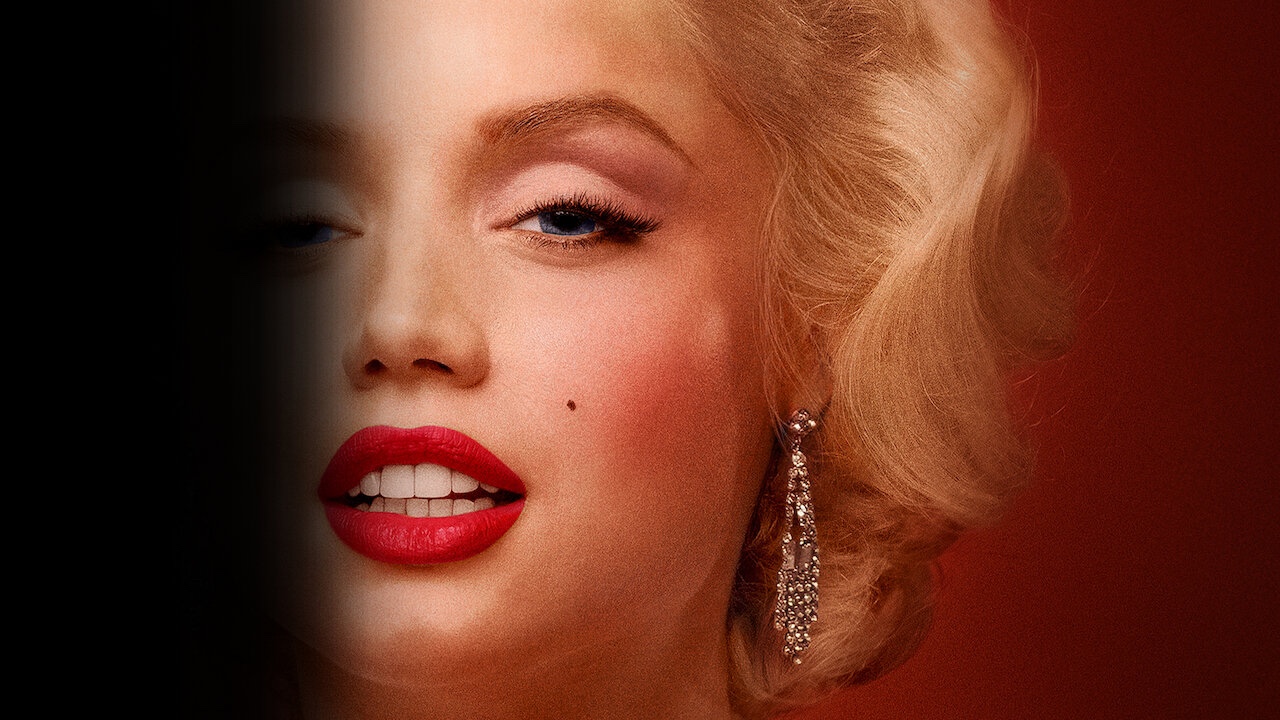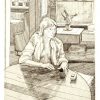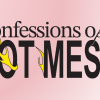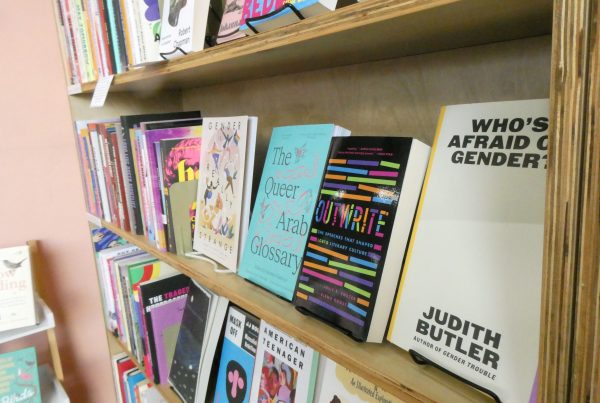It’s the hot topic that is pulling opinions from people on social media and making some of the biggest controversial statements in recent weeks: Andrew Dominik’s “Blonde”.
To start off the review, one thing really must be clear: “Blonde” is a fictional film based on the book of the same name byJoyce Carol Oates. Its entire purpose is to capture Marilyn Monroe’s life from the perspective of straight white men from the 1960s.
While it would’ve been more beneficial to capture Monroe in a more lighter and generous tone as others want, the film’s intention isn’t this at all.
The film is NC-17 and includes numerous triggering scenes, when applied, contribute to the film’s overall meaning — one most people seem to miss.
“Blonde” taught me one thing this past week — some people are not ready to watch films which offer an extremely sensitive and emotional experience if they do not put aside their own perceptions, even when the overall moral is wrong.
In order to watch this film, you need to step away from the ideology this is a biographical movie about her life. It was not advertised as such and is not at all. When watching this film, it actually comes across as extremely fictional and not at all a take on Monroe’s real life.
People on social media can’t seem to wrap their heads around this. Instead, hundreds of trending posts focus on debunking this fictional film’s plot points, ones which were never claimed to be real in the first place. The only concept which could lead to one thinking this is a true story, is the main character was a real person and the actress looks just like her.
Fans also continue to believe Monroe’s legacy is built up by the amazing personal acts she conquered. While I wish this was the case for Monroe, her unfortunate legacy among younger teens — for the most part — is simply being the beautiful sex object men from the 50s and 60s admired and has lead to dozens of posters in their local vintage thrift shop.
It’s reasonable to say most teenagers sadly wouldn’t be able to name a Monroe film if their lives depended on it.
It’s essential to realize this film focuses on the absurd and inhumane treatment of Marilyn Monroe as a sex object — not the realistic Marilyn Monroe who was a beautiful, creative and intelligent woman.
Due to the controversy, many people miss the technicality of the film, as it is simply made in a very brilliant manner. “Blonde” uses older motion picture lighting techniques and a black-and-white style which can consistently transfer to a newer aspect ratio and color standard. The film finds its creativity and takes advantage of it extremely well.
Not only, Ana de Armas portrayal of Monroe creates a very life-like atmosphere and look — which could to some be both questionable and disappointing or perfectionate and impressive.
Many have said the story of Monroe being exploited has been told many times before, which is true, but it is also fair to say this fictional portrayal is the most visually brilliant and impressive of the bunch.
It’s also honestly surprising to me people online are shocked an NC-17 film titled around the sexual stereotype of being a white, blonde woman is a disgenerous and sexual film.
A question many ask is why the writers, both of the book and the film, created fictional abuse, sexual harassment, assault and abortion scenes in a movie about a real woman. While this is totally unnecessary and inappropriate, all we can do now is try to view the film from the perspective of those who created it and the story they were attempting to tell.
Luckily, these scenes of Monroe are heavily dramatized.
From having extreme levels of absurd interactions and to even having obviously fictional breakdown situations, it would be incredibly hard to leave the film thinking all of this actually happened.
How could someone leave this film thinking Monroe crashed her car into a tree and didn’t have any damage?
This film is an obvious take on what Monroe’s life would’ve looked like if it was as the tabloids pictured her as. This film does not capture who she really was.
Since the film focuses on the devastating impact the media could’ve had on Monroe, it focuses a lot on her decline in mental health and her death.
Monroe’s death scene in the film is actually among my biggest issues with it.
The reason why is simply because they made the scene in the exact same house, room and location Monroe actually died — traumatizing as is. They also shot some of Monroe’s earlier scenes in the same location of her childhood homes, but her death scene is the most extreme.
In a controversial interview with the director, he claims the film uses the book as its “bible” and it’s also a take on how he emotionally felt after reading it, something most people who adapt a book feel.
He also continues to explain why Monroe in his film feels and acts the way she does and why the character’s story is based on her death. Social media misread this as him disrespecting the real Monroe and using her death as the only memorable part of her.
Though the interview could be worded improperly and occasionally in a misogynistic manner, it really is up to interpretation if the director is talking about the real Monroe the entire time or the fictional one or if it is a mix of both.
It’s also important to notice the title of the article: “I’m not interested in reality, I’m interested in the images.”
I personally believe this film should not have been made because it focuses on the narrative of Monroe people are trying to erase and move on from. It delays this process and only makes it harder for those to erase negativity.
However, we do not live in a perfect world, we live in the world where “Blonde” is on Netflix to watch at any time. Since we live in this world, rather than dismissing the film as a direct hit on Monroe and her legacy, we should take it as the fictional piece of film it was intended to be — a focus on how sexual harassment and abuse can lead to an actress’ suicide.
If removing the plot entirely and basing the review merely on the cinematography, sound, lighting, costume, makeup and set design, “Blonde” is an amazingly built film. When combining this with the controversial book, you get an oddly sensitive film which many simply aren’t wanting to see — for good reasons.
Hopefully, one day we will receive the Marilyn Monroe movie which will address more of the marvelous things she’s done and less of the pain media coverage forced on her.
Until then however, “Blonde” should remain to be seen as it is —, the sensitive, exploitive, boundary breaking, NC-17, sexually-built narrative of a woman trying to survive who is ultimately driven to insanity — even if the main character is built off of a real woman.
Opinions expressed in The Nevada Sagebrush are solely those of the author and do not necessarily express the views of The Sagebrush or its staff. Gabriel Kanae is a student at the University of Nevada studying journalism. They can be reached at edrewes@sagebrush.unr.edu and on Twitter @NevadaSagebrush.









